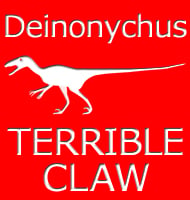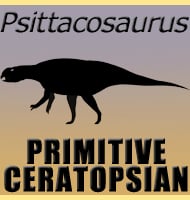Deinonychus
In Depth Although Deinonychus was first discovered in 1931, it would not be until the 1960s with the advent of more discoveries that it would get named and studied in detail. These studies helped lead to one of the most radical ideas put forward in the field of palaeontology; at least some of the dinosaurs … Read more



